If you’ve ever struggled with ankle mobility, knee pain, or hitting proper squat depth, a slant board might be the secret weapon your training routine needs. These angled platforms—also called squat boards or incline squat boards—are gaining traction among athletes, physical therapists, and home gym users for good reason. They’re not just another trendy accessory; they solve real problems and unlock better movement patterns. Let’s dive into the real benefits of slant board squats and how to make the most of this underrated tool.
What Is a Slant Board?
A slant board is a sturdy, inclined platform designed to elevate your heels while keeping your toes pointed downward. The angle can vary, but most are set between 20°–30°, giving just the right lift to shift your weight slightly forward during squats. This shift isn’t just about comfort—it’s about biomechanics.
Originally popular in rehab and stretching routines (especially for calves and Achilles issues), slant boards are now a staple for improving squat mechanics, particularly for people with limited ankle dorsiflexion or tight hips.
Benefits of Using a Slant Board for Squats
-
Deeper Squats with Better Form
One of the biggest benefits of using a squat slant board is that it allows you to hit full depth more easily. Elevating the heels reduces the demand on ankle flexibility, letting you drop into a deeper, more upright squat. -
Reduced Stress on Knees and Lower Back
Contrary to what some may think, slant board squats can actually protect your knees. By encouraging a more natural movement path, you can better activate your quads and glutes without collapsing inward at the knees. Plus, a more upright torso takes pressure off your lower back. -
Increased Quad Activation
Angled squat boards shift the load forward slightly, placing more emphasis on the quads. This makes them ideal for bodybuilders, cyclists, and anyone looking to build strong, defined legs. -
Improved Balance and Stability
Performing squats on a slant board challenges your balance and foot stability. This builds awareness and control, especially helpful for athletes and those rehabbing from lower-body injuries. -
Versatility Beyond Squats
Though “squat board” is a common name, these tools are versatile. You can use them for split squats, calf raises, ATG (ass-to-grass) training, hamstring stretches, and even mobility drills.
How to Use a Slant Board Correctly
Start by positioning the board on a stable, non-slip surface. Place your heels on the raised end with toes pointing down the slope. Stand shoulder-width apart, brace your core, and squat as you normally would—keeping your chest tall and knees tracking in line with your toes.
If you’re new to slant board squats, begin with bodyweight movements before adding dumbbells, kettlebells, or a barbell. Focus on control over speed and aim for full range of motion.
My Experience: Solving Knee Pain and Depth Issues
A few years ago, I was stuck in a frustrating plateau. I couldn’t get below parallel without my heels lifting or my knees feeling tweaked. A friend recommended trying an incline squat board. Honestly, I was skeptical—it looked too simple to make a difference. But after just a few sessions, I noticed a shift. My depth improved instantly, my quads fired harder, and the usual knee twinge vanished. Since then, slant board squats have been a mainstay in my leg training, especially on high-rep quad days.
Choosing the Best Slant Board
Not all slant boards are created equal. Here’s what to look for:
-
Material & Grip: Choose a non-slip surface (rubber or grip tape) with a solid base. Wood and steel boards tend to be the most durable.
-
Fixed vs. Adjustable Angle: If you're new, a fixed incline (20°–30°) works great. Adjustable boards offer more flexibility for different exercises.
-
Weight Capacity: Make sure it can handle your bodyweight plus any external load you'll be lifting.
-
Portability: Some fold or come with handles, perfect for home gyms or taking to the studio.
Final Thoughts
Slant boards aren’t just for rehab or stretching anymore. Whether you’re trying to master pain-free squats, increase quad engagement, or just train smarter, the slant squat board earns its place in your gym setup. It’s a simple change that delivers major returns—and sometimes, that’s all it takes to unlock your next level.


















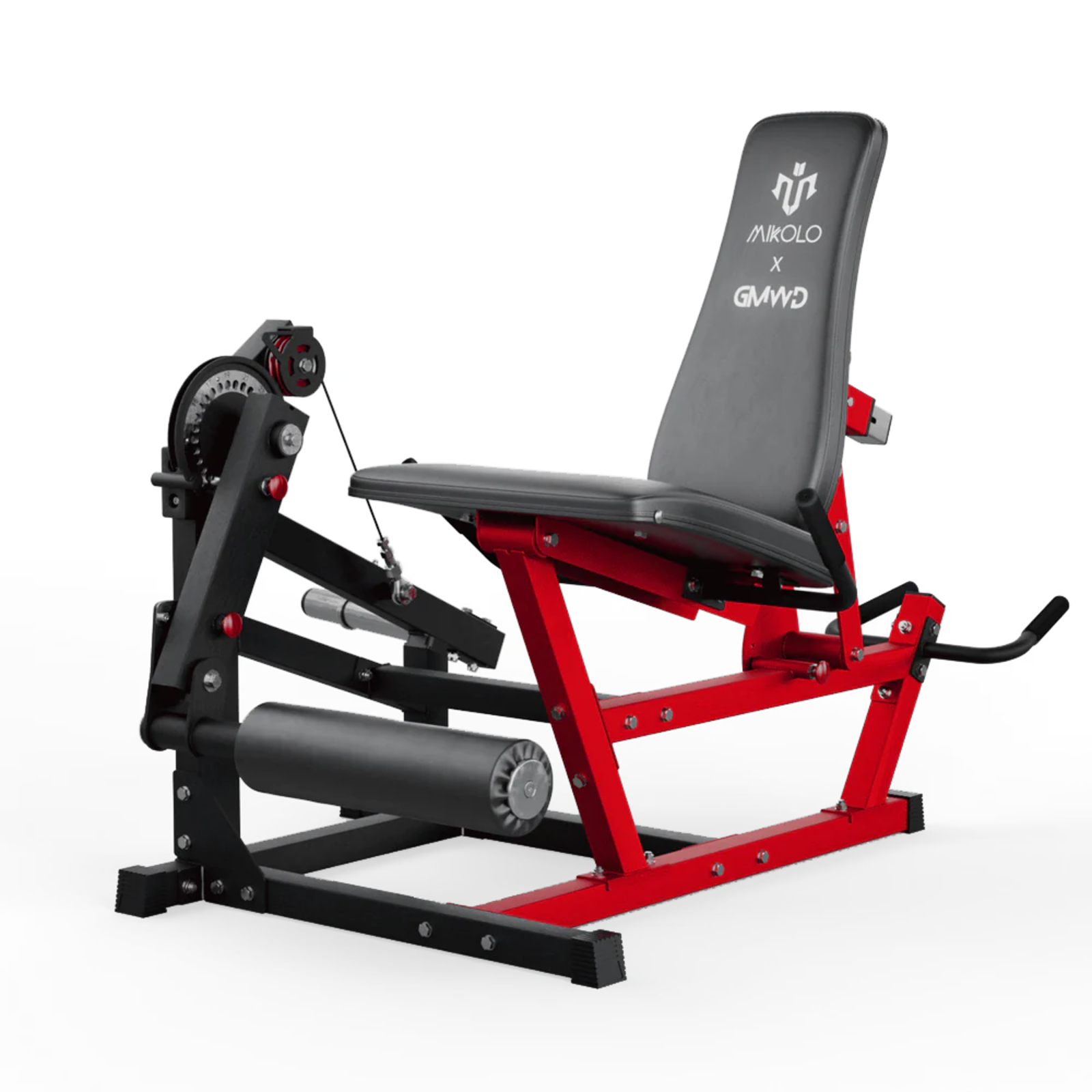

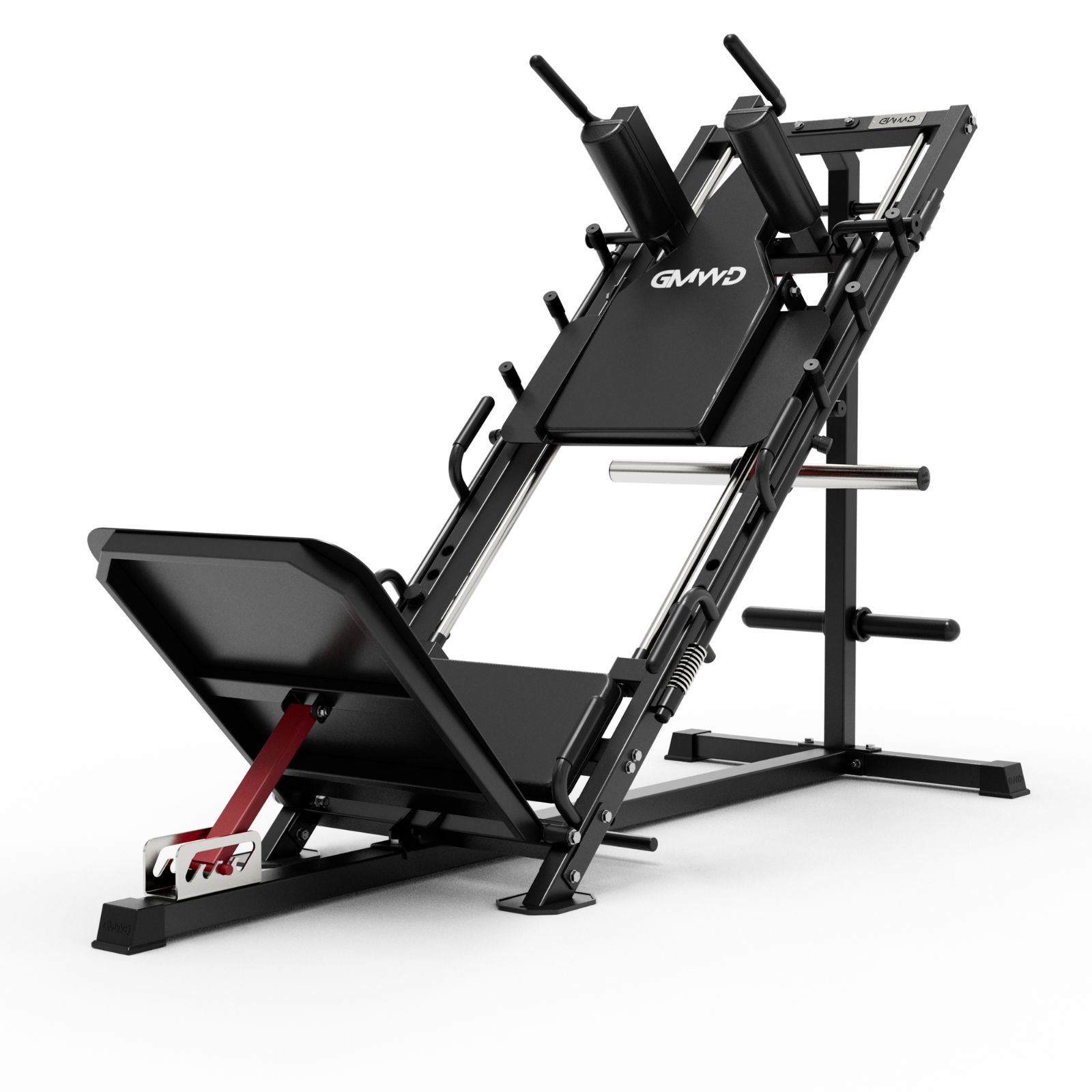







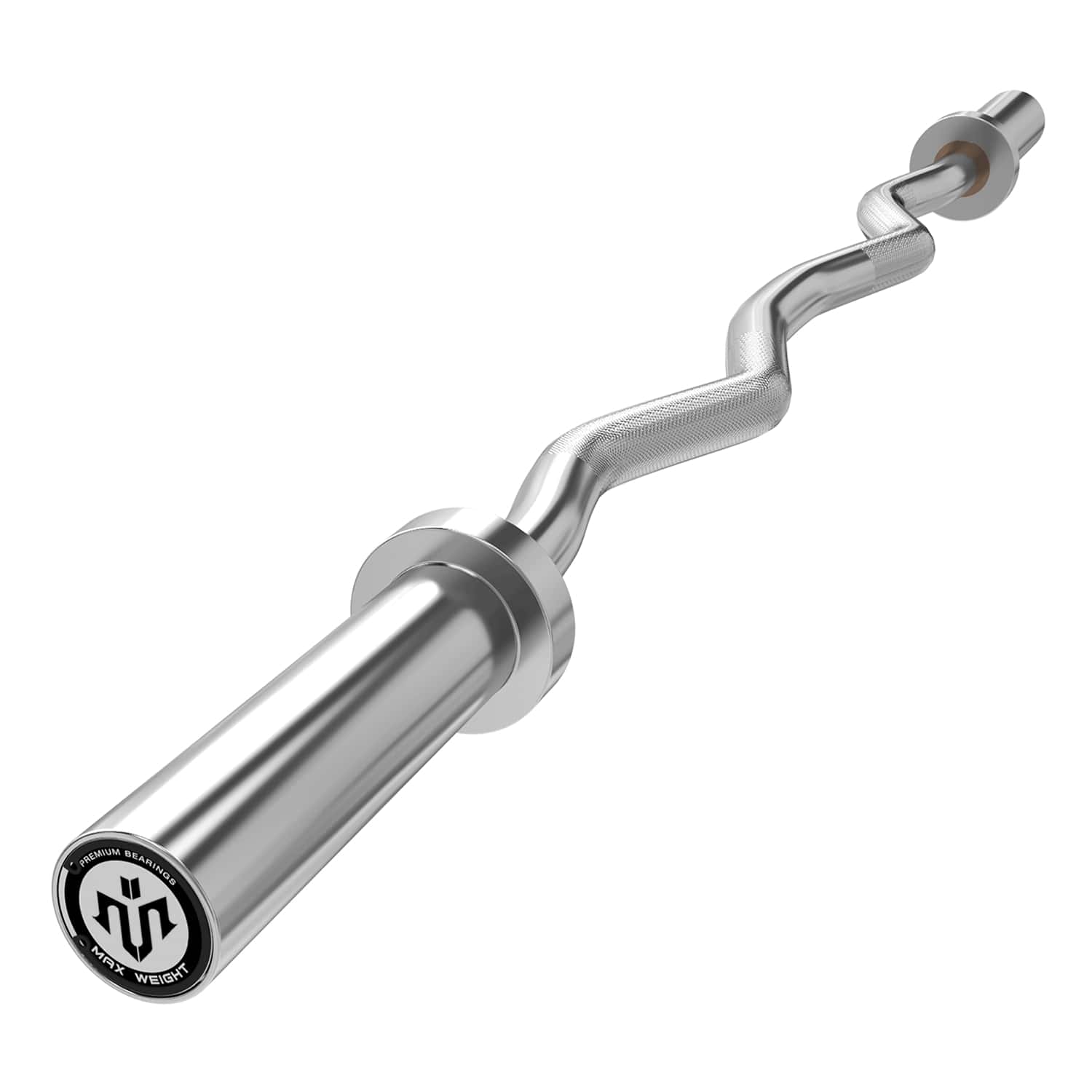
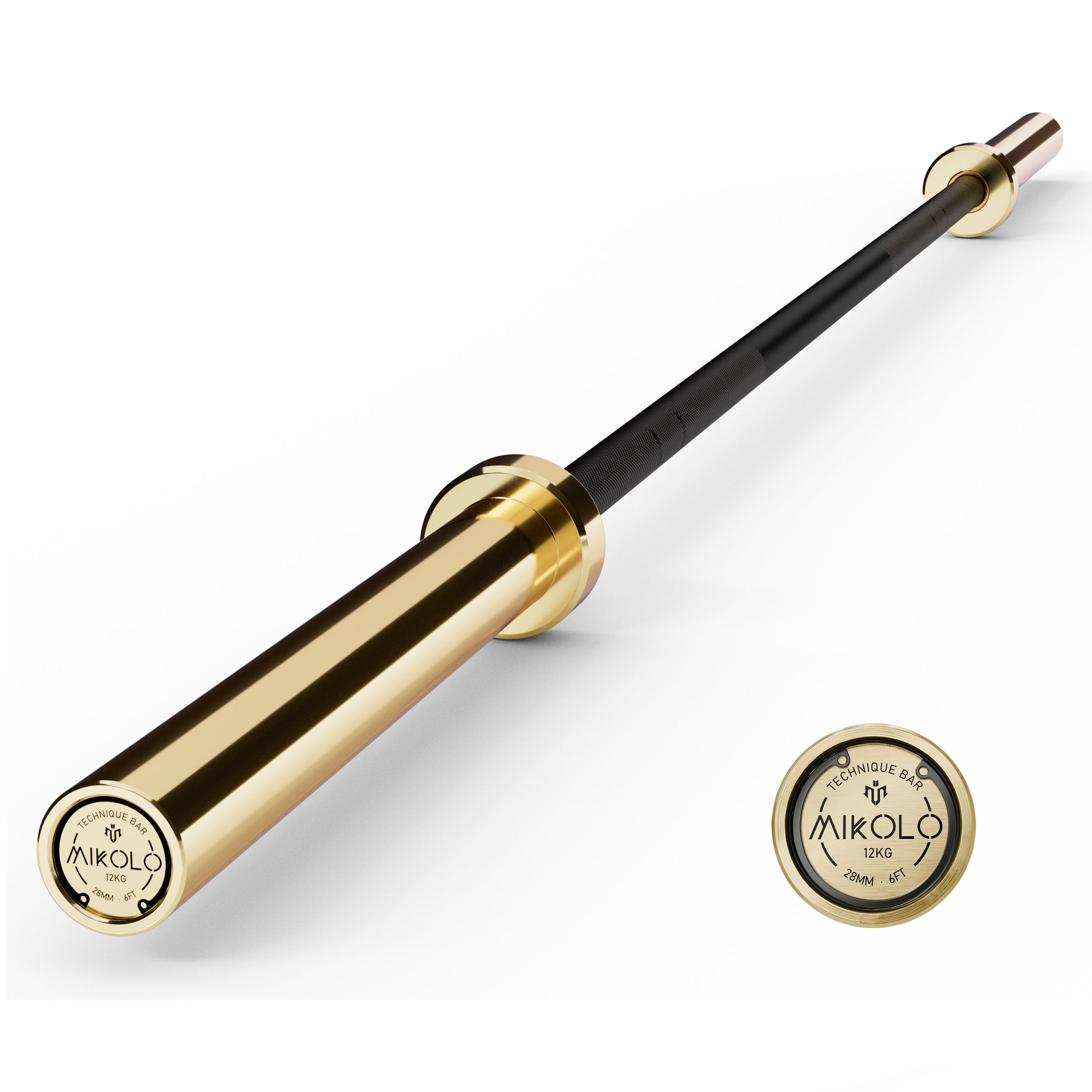


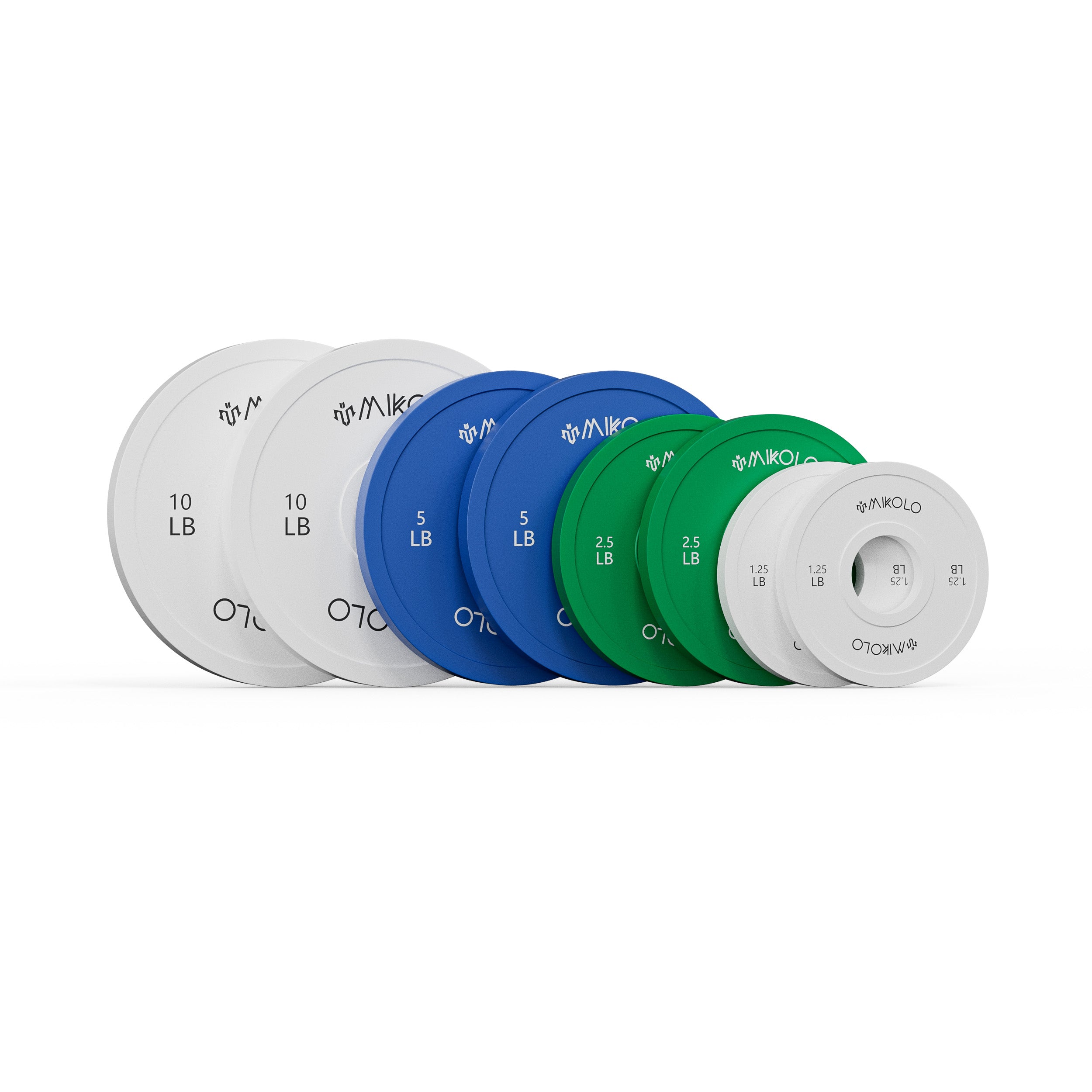



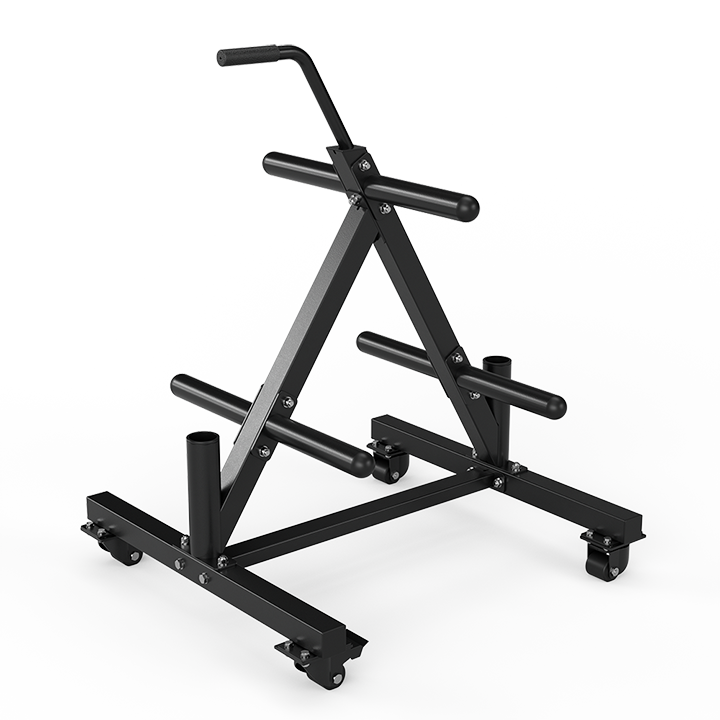





Leave a comment
This site is protected by hCaptcha and the hCaptcha Privacy Policy and Terms of Service apply.